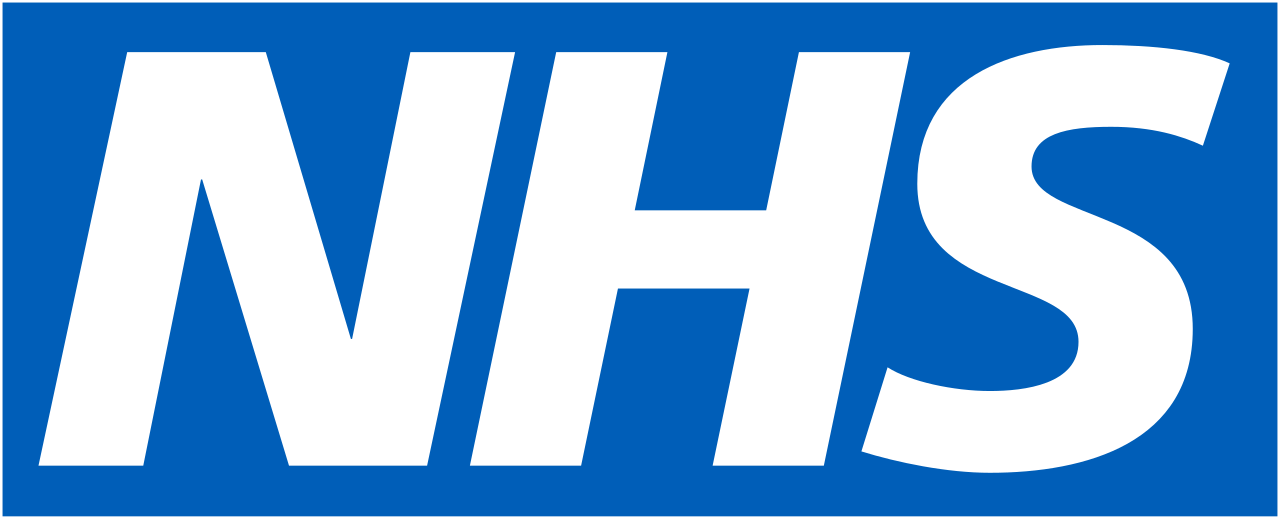
Leg and Foot Ulcers
These resources support improving the care of leg and foot ulceration.
These resources provide information and support for:
• Health and care professionals caring for people with leg and foot ulcers.
• People with leg and foot ulcers and their carers.
• Those responsible for improving leg and foot ulcer care services.
- Clinical recommendations
- Leg Ulcer Best Practice Bundle
- Information for patients and carers
- Information for health and care professionals
- CQUIN
- Vascular services referral forms
- Service improvement resources
- Case studies
- Interviews with the First Tranche Implementation sites
- NWCSP Update at the British Lymphology Society Conference
The Leg Ulcer Best Practice Bundle has been developed by the National Wound Care Strategy Programme (NWCSP); an NHS England (NHSE) commissioned programme.
It has been informed by evidence-based practice, learning from the NWCSP First Tranche Implementation Sites (FImpS) and the Health Innovation Network’s Transforming Wound Care Programme and through consultation with the NWCSP stakeholder groups. The purpose of the Leg Ulcer Best Practice Bundle is to outline interventions that are fundamental to making a clinical difference for people with leg ulcers in terms of:
– Improving healing rates.
– Reducing recurrence rates.
– Reducing the burden of leg ulcer care.
It defines the key elements of care that promote rapid diagnosis and fast access to appropriate therapeutic interventions, with swift escalation of treatment or service provision for those requiring more complex care. The Leg Ulcer Best Practice Bundle offers a framework for the development of local delivery plans that include consideration of:
– Relevant research evidence to inform care.
– Configuration of services and deployment of workforce.
– Workforce education.
– Measures to inform quality improvement.
The NWCSP Leg Ulcer Best Practice Bundle provides detailed information for providers and commissioners to improve healing rates and reduce the recurrence of leg ulcers.
NWCSP Compression Therapy patient resource – Visit
NHS Information about Venous Leg Ulcers – Visit
The Legs Matter website is a reliable source of information for people with wounds on their legs or feet – Visit
Lindsay Leg Club aims to provide lower limb and leg ulcer management in a social environment, where members (patients) are treated collectively and the emphasis is on social interaction, participation, empathy and peer support – Visit
Watch how to change a wound dressing – View
NWCSP Assessment for Shared Care – Download
Leg ulceration is included in the 2022/23 CCG CQUIN scheme. These resources support those involved in CQUIN implementation.
The NWCSP, Royal College of Surgeons and Vascular Society have created example forms to support clinicians in making appropriate, timely referrals to vascular services for people with lower limb arterial disease and venous disease:
Peripheral arterial disease/Chronic limb threatening ischaemia referral form – Download
Venous disease referral form – Download
NWCSP Preventing and Improving Care of Chronic Lower Limb Wounds: Implementation Case – Download
NWCSP Lower Limb Model Investment Case – Download
NWCSP Lower Limb Model User Guide – Download
NHS NWCSP Health Impact Assessment – Download
NWCSP Draft Lower Limb Clinical Metrics – Download
The Evidence-Based Interventions Guidance for CCGs supports access to endovenous ablation for venous insufficiency (varicose vein surgery) for people with venous ulceration – Download
We have created a series of case studies to present the learning and achievements of the sites who have been implementing the lower limb recommendations.
NWCSP Case Studies – Visit
Staff working on our First Tranche Implementation sites discuss the learning, challenges and achievements of implementing the NWCSP Lower Limb Recommendations:
Interview with Heather Joslin: Formula for successful implementation – View
Interview with Heather Joslin: Staff engagement with data – View
Interview with Hannah Blake: wound management digital systems – View
Interview with Eldon McArthur: Staff engagement in wound management digital system development – View
Interview with Hannah Blake: Wound management digital system training and staff engagement – View
Interview with Eldon McArthur: Staff engagement in wound management digital system development – View
Interview with Hannah Blake: Staff engagement with wound management digital systems – View
Clinical Implementation Manager, Rachael Lee presented an update on the NWCSP implementation work at the 2023 British Lymphology Society Conference – presenting to healthcare professionals responsible for caring for people with lymphoedema and chronic oedema.
During the session, Rachael explained the current challenges faced in wound care services for leg and foot ulcers and the work taking place to address these, including the work and early findings of the First Tranche Implementation Sites and the NWCSP resources designed to support implementation.
To watch this session again, view the recording on the British Lymphology Society website.
Get involved
Sign up to our stakeholder forum to receive consultation surveys, newsletters and more.


Follow Us
Get involved
Information

